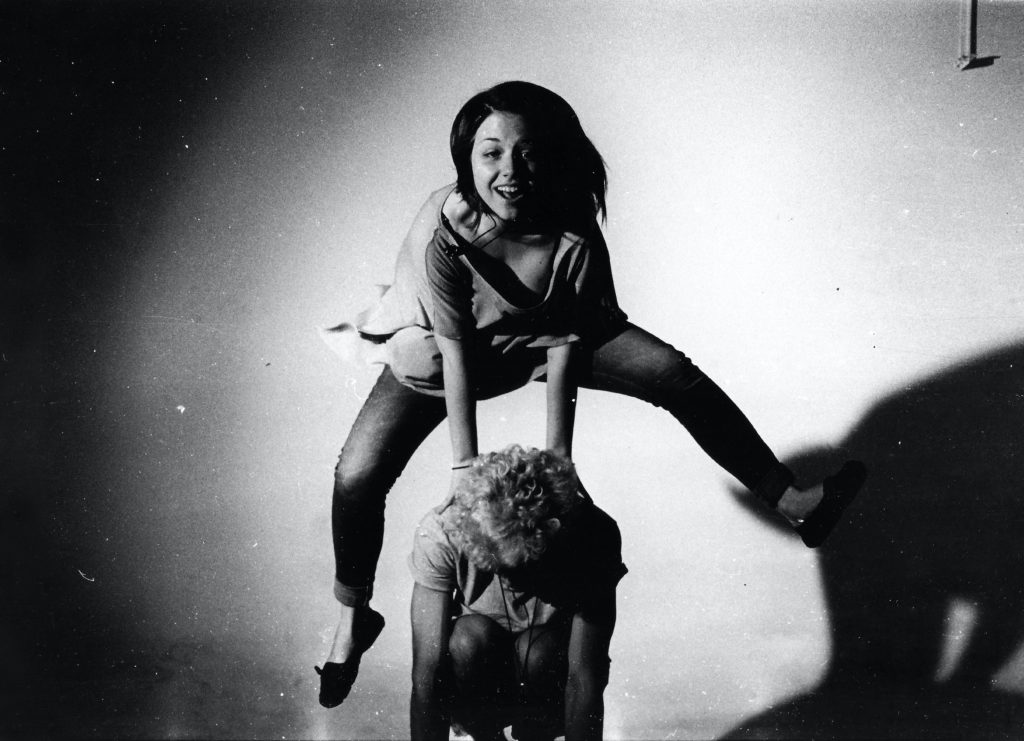Today we continue with the third of my ‘fairy story’ structures: Hansel Gretel.
The Prompt
Start with a life-changing moment and lead your characters through the story to show us who they become.

Hansel and Gretel starts off with a bang: two kids, alone in woods, abandoned!
What are they doing to do?
After the big opening, all their struggles teach us about the kids’ characters. By the time Gretel finally kicks the witch into the oven, grabs her brother and they make their way out of the witch’s cabin, we know enough about these kids to know they’re going to be OK.
How can you replicate this for your characters?
This is a big week at StoryADay: we’re creating a lot of skills that will help you build stories throughout the rest of the month and beyond. Stay tuned!
And don’t forget to leave a comment to let us know you’ve written, how it’s going, and what you’re learning.



